ASUS ZenFone 5: tested in humans

Perhaps, no other device - of course, except for fresh iPhones - has recently caused as much gossip as the new smartphone from ASUS. On the one hand, ZenFone 5 is being swept away from store shelves, on the other hand, the voice of skeptics is quite distinctly heard: what, they say, has this in this smartphone that others don’t have? Let's get it right.
The ZenFone line of devices was introduced by ASUS in January this year. It includes three devices, the name of which completely coincides with their diagonal - ZenFone 4, 5 and 6. They have a similar design and ... and that's it - the filling of these gadgets is quite different from a smartphone to a smartphone.
In order to understand the enthusiasm for the "five", it is enough to compare the price and the device stuffing: inside a five-inch smartphone with an HD screen - an Intel Atom processor, 2 gigabytes of RAM, 8 or 16 user memory, microSD slots and 2 SIM cards. And the price of ZenFone 5 - attention! - starts from 7 thousand.
Selecting smartphones for similar parameters gives not so many devices. But ZenFone's competitors have something to hide. What's the catch? Almost all of them belong to brands like ThL, Explay or Micromax. But even taking into account the growing respect for Chinese manufacturers, in a situation like ours, a hand reaches for something more familiar. Oh, this psychology!

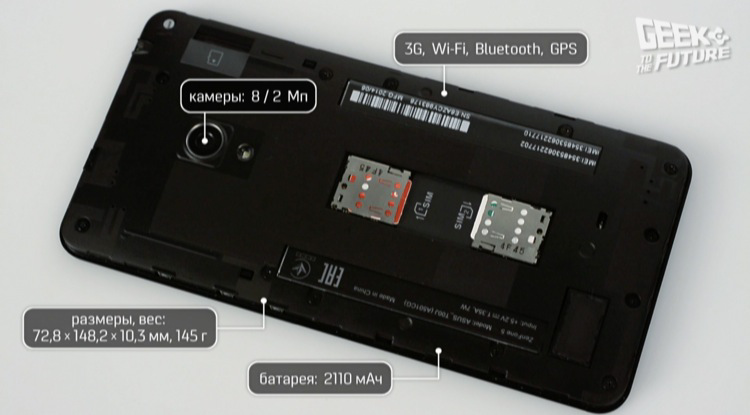
ASUS ZenFone 5
price: from 7 000 rub.
OS: Android 4.3
processor: Intel Atom Z2560, 1.6 GHz
video: PowerVR SGX544MP2
screen: 5``, 1280x720, IPS, 294 ppi
RAM: 2 GB
memory: 8/16 GB (+ microSD - up to 64 GB)
3G, Wi-Fi, Bluetooth, GPS
cameras: 8/2 MP
battery : 2110 mAh
dimensions, weight: 72.8 x 148.2 x 10.3 mm, 145 g
More eminent competitors are also available. But they are either more expensive - sometimes significantly - by 1-2 thousand rubles, or differ in some parameters. For example, a combination of 16 gigabytes of user memory and the possibility of expanding it due to microSD up to 64 gigabytes are practically not found in smartphones of this price category.
As with any holivar, both sides have killer arguments. But in the situation with smartphones, there is an indicator that speaks for itself - sales. Judging by the remarks on the Internet - ZenFone 5 at the right price this afternoon you will not find with fire. However, if you include an internal skeptic, you can react like this: “Ha! Or maybe they just could not saturate the sales channels? So people see empty shelves! ”
We will not kindle the fire of a righteous war, but we will approach constructively - we list all the pros and cons of buying a smartphone.
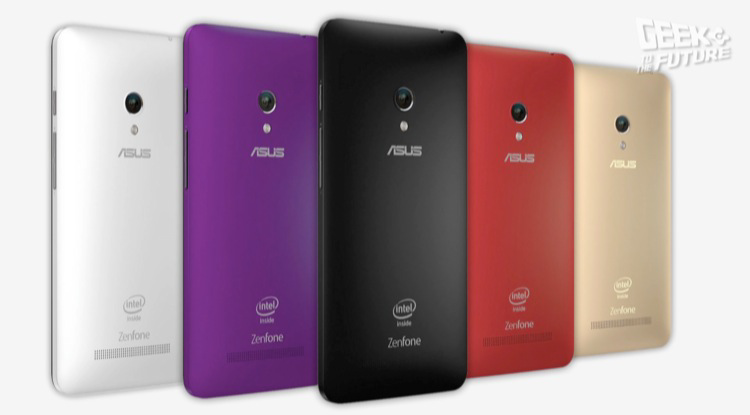
ZenFone 5 comes with five different backrests. The design of the smartphone, in our opinion, is neutral, which will only expand the user audience. A slight hint of "Zen-style" is a narrow corrugated strip under the display with concentric circles (the voice of skeptics: well, yes, it perfectly collects microfuse in its micro-grooves!). Possible complaints - and we consider them fair - are a longer body compared to other 5-inch ones and the lack of backlighting on the touch buttons. If you can get used to the last feature, then an extra centimeter in length can affect the usability of a smartphone - you often have to intercept ZenFone.
Turn on the gadget - and here it is IPS-matrix in all its glory! If you find fault, then with a diagonal view of the display at a large angle, you can notice a change in brightness and contrast. Well, under sunlight, the readability of the screen decreases. But it is covered with Gorilla Glass 3 and has an excellent oleophobic coating.

Inside ZenFone - a 2-core Intel Atom Z2560 and a 2-core PowerVR SGX543MP2 GPU - this can be found inside the second iPad, iPhone 4S and iPad mini. Both the experience of use and the testimonies of the benchmarks clearly indicate that the smartphone - sorry for the banality! - copes with most tasks perfectly - does not slow down, does not buggy, does not lag.
But there are skeptics of skeptics: Asus was reminded that last year on a more powerful version of the processor, Z2580, Lenovo K900 was released. Ay-yy-yay, greedy! It’s not good to be like that! Okay, at least ZenFone guessed to put 2580!

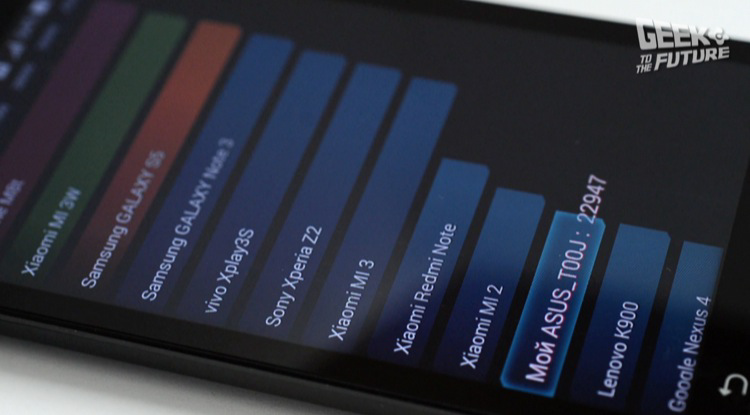

ZenUI shell is stretched over Android 4.3, which is often compared with the best indie developments. Intuitively, easily, visually - here even ill-wishers are ashamedly silent. Especially convenient is the notification panel, combined with quick settings buttons. As they say in our wounds: ces't magnifique!

ASUS places a particularly strong emphasis on the photo capabilities of the smartphone - more precisely, on its 8-megapixel main camera. The PixelMaster kit includes a lot of interesting things - from shooting in low light conditions and adjusting the depth of field, to rapid speeds and the “Time Control” mode, which starts shooting before you manage to press the shutter.
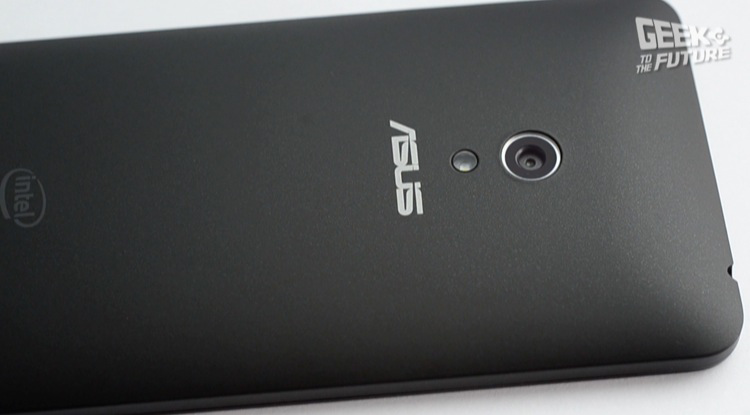

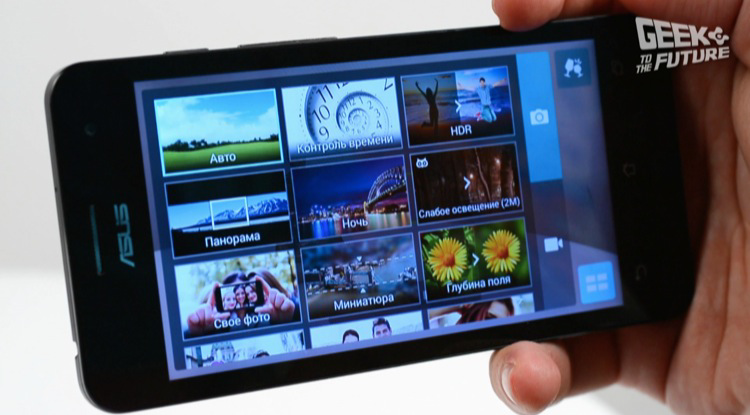
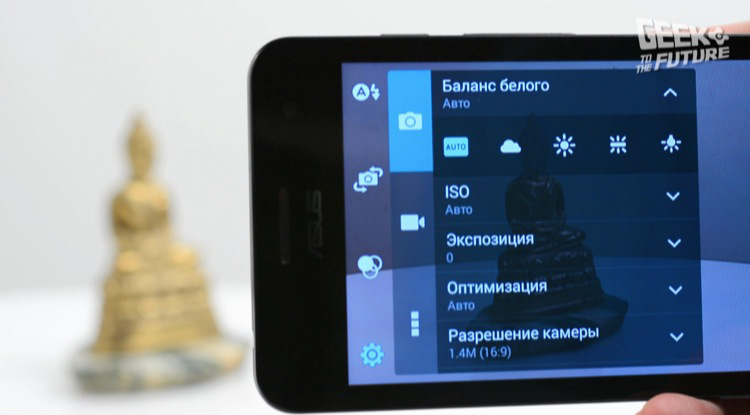
There is also a lot of manual settings that allow you to take great photos easily and naturally. One “but”: either we didn’t fall in love with the camera during the testing process, or the firmware is damp, but there are also problems with color reproduction, and artifacts when processing images in various modes (a survey of ZenFone 5 owners showed that these were problems our test specimen - other such problems were not observed).

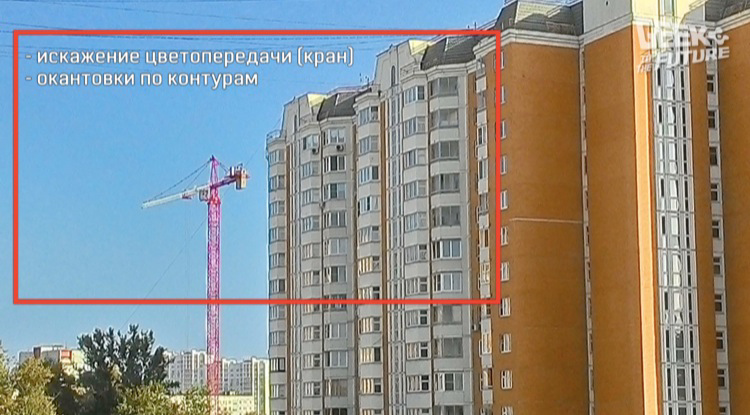
Yes, it's time to look under the back cover. ZenFone allows hot swapping of SIM cards and memory cards. True, there is only one radio module, therefore, for example, during a conversation the second SIM card will be unavailable.

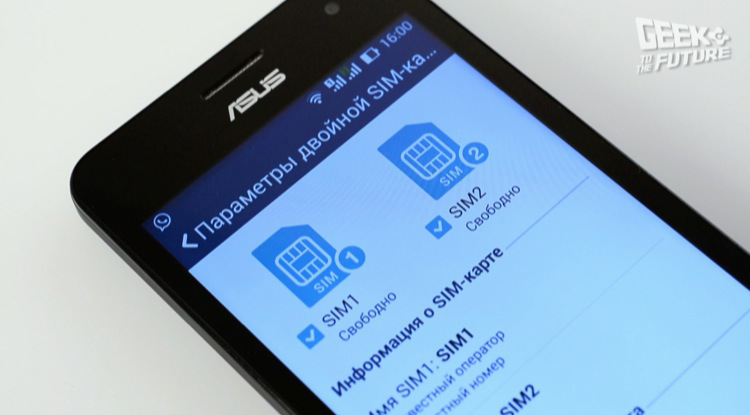
With 3G, accordingly, only one of the SIMs will work - a similar restriction is standard for smartphones in this price category. Switching between cards when making calls and sending messages is easy, but you can only “transfer” 3G via settings (LTE is not available here for obvious reasons).
By the way, you probably noticed that the battery here is non-removable. Its capacity by modern standards is small - a little more than 2000 milliampere-hours. In principle, this is enough to work during the day in a more or less sparing mode. But, for example, watching a video does not last even 5 hours. And in the case of using gluttonous applications - for example, a navigator - it is unlikely to last more than 3-4 hours, even taking into account the energy saving settings.

To summarize. ASUS chose an excellent tactic: you can compete for first place among the flagships, participate in patent wars and use human psychology to the full. And you can make a neat design without showing off, put a stable working iron, lead the segment of available devices - and remove the maximum amount of cream, foam and just a lot, a lot of money.


Yes, ZenFone still has a lot of useful and pleasant trifles - like a simple mode (elementary design with large buttons), a reminder system What's Next (an event message is displayed on the lock screen), a reading mode (the screen acquires a yellowish tint, conducive to long reading) and a set of proprietary ASUS applications, but we hope that you still have an opinion on ZenFone 5 - in general, despite the skeptic’s chorus, this is one of the currently well-balanced and optimal price-quality smartphones.
Subscribe to the Geek to the Future channel , join groups in social networks and do not forget - the future is in our hands!
